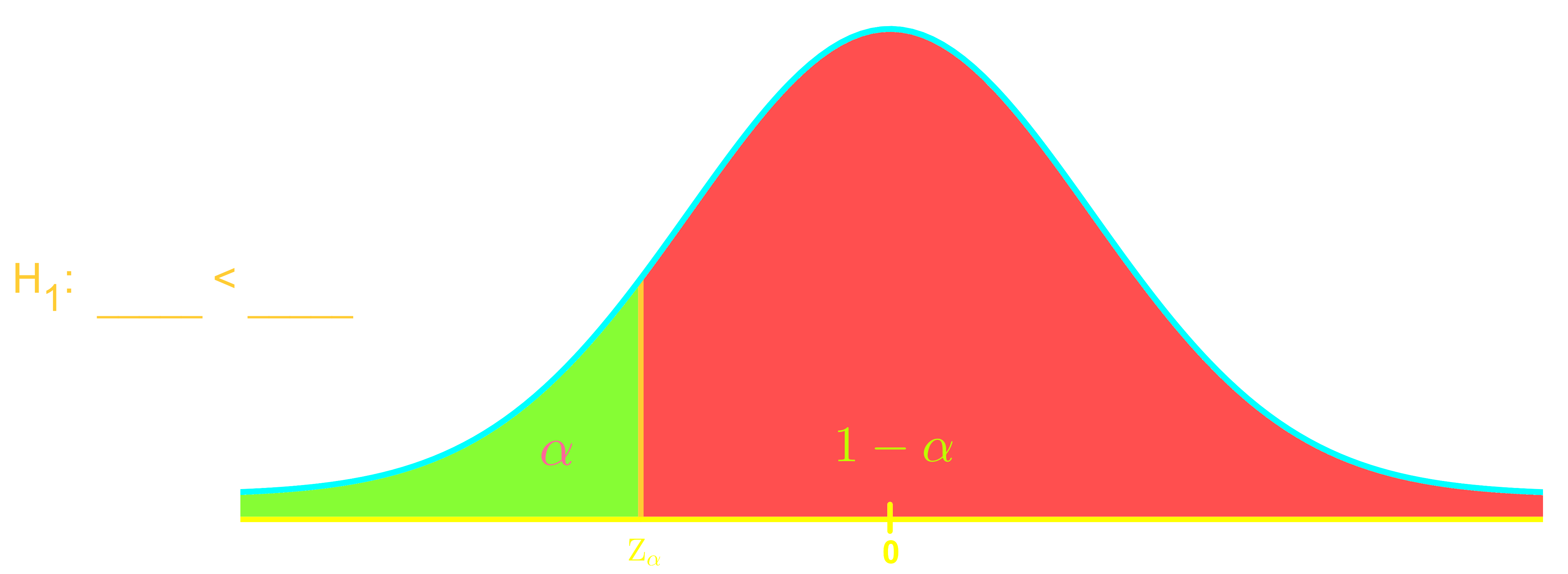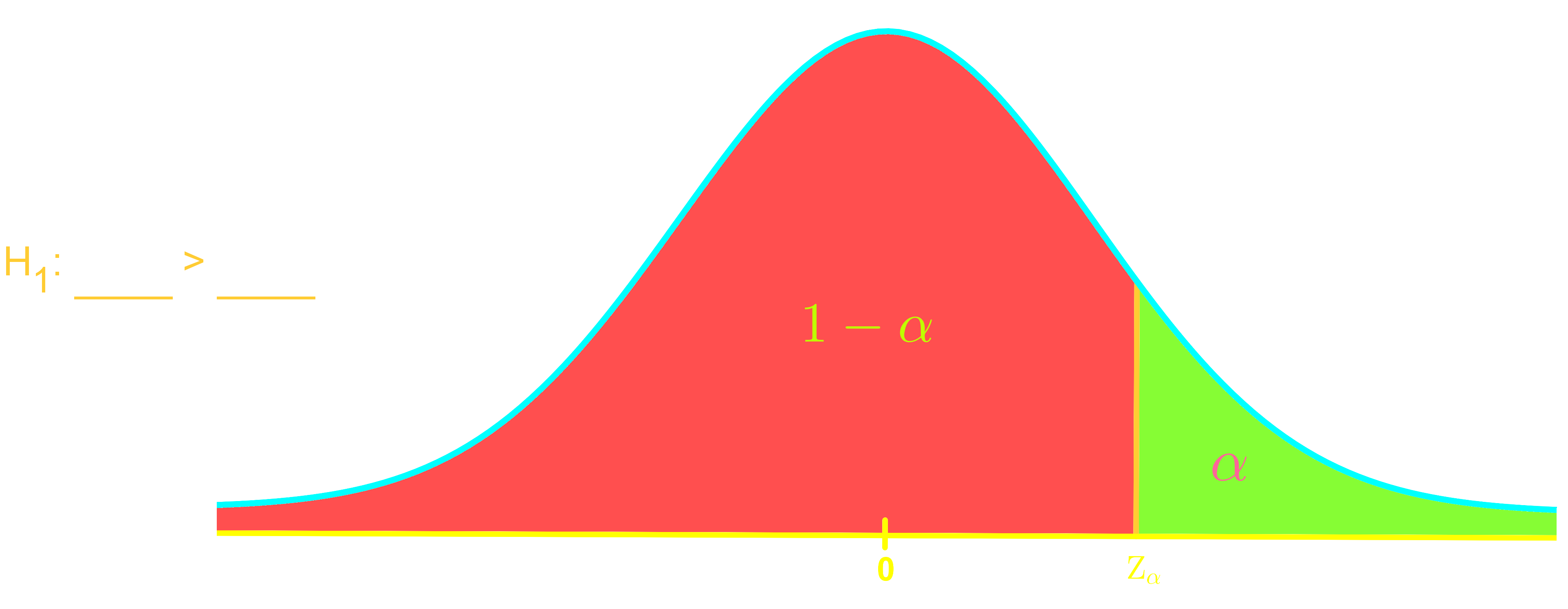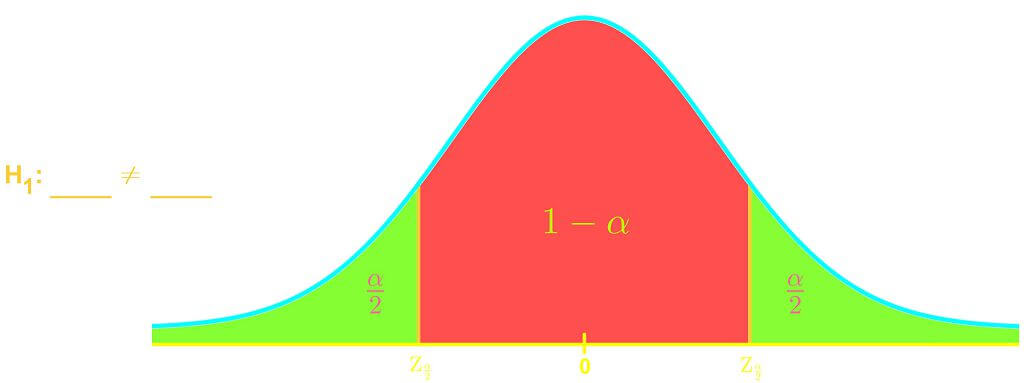Introduction to Confidence Levels, Significance Levels, and Critical Values
Welcome to our exploration of key concepts in hypothesis testing! In this section, we'll dive into confidence levels, significance levels, and critical values. These fundamental ideas form the backbone of statistical analysis. Our introduction video is a great starting point to grasp these concepts visually. Confidence levels tell us how sure we are about our results, typically expressed as percentages like 95% or 99%. Significance levels, often denoted as α (alpha), represent the probability of rejecting a true null hypothesis. Critical values are the boundaries that help us make decisions in hypothesis tests. They're closely linked to both confidence and significance levels. Understanding these concepts is crucial for interpreting statistical results accurately. As we progress, you'll see how these elements work together in hypothesis testing, allowing you to make informed decisions based on data. Remember, mastering these ideas takes practice, so don't hesitate to review the video and ask questions!









